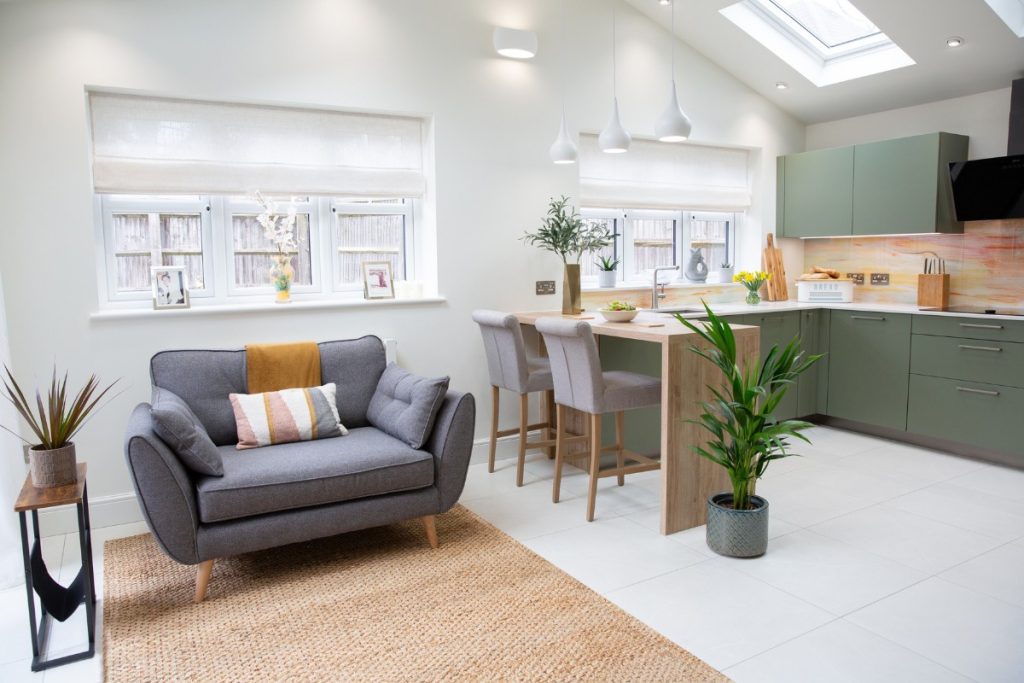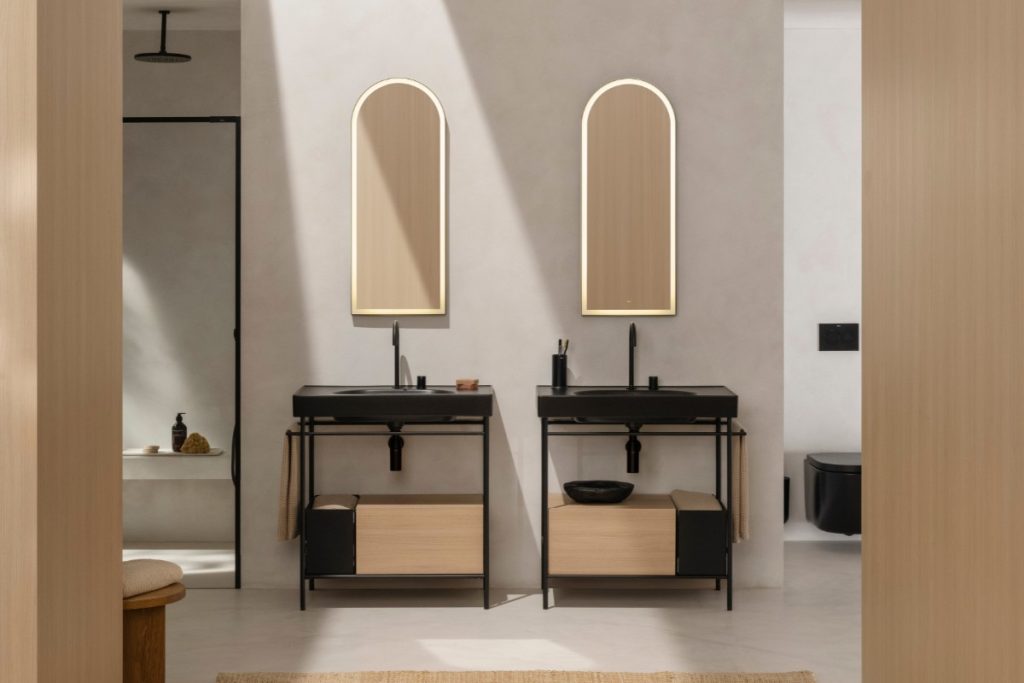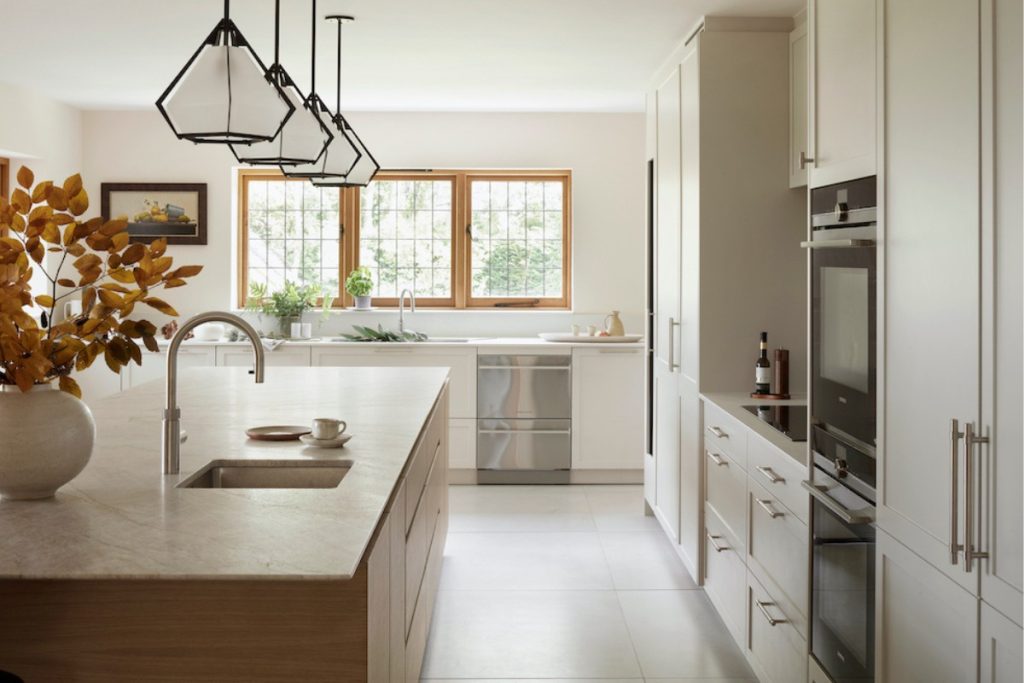 27th September 2022 | IN DESIGN ADVICE | BY SBID
27th September 2022 | IN DESIGN ADVICE | BY SBIDAs well as the stunning visual appearance, biophilic design (the incorporation of nature in the layout of indoor environments) is recognised to have calming effects, reducing stress and creating an environment of focus and serenity. For these reasons, authentic and artificial plants can prove to be the ideal accompaniment to a lounge area, bedroom or bathroom, with plenty of varieties well worth considering for any interior to add a different dimension of visual interest.
Depending on individual preferences for plant care and maintenance, the right selection of colourful flowers, ornamental indoor cactuses or synthetic greenery in an empty corner of a room can make all the difference to the overall design. Let the Society of British & International Interior Design guide you through the importance of using plants in modern interiors, with some useful tips on how to integrate them into your interior designs.
Creative Use Of Space
Analysing a space and understanding the existing strengths and weaknesses is one way to decide whether incorporating plants would be a wise idea. For rooms in need of a pop of colour, a selection of bright flowers or plants with large green leaves could benefit the space, while study areas or home offices may be accessorised with smaller potted succulents for more subtle, easily-maintained decoration.
Sometimes, less is more! Overcrowding a room can often limit the comfort of guests and residents alike, so instead of impulsively squeezing various plants into a design that’s already fully accessorised, consider the inclusion of plants in your initial space planning and be strategic about removing items, accessories or utilities to make room for pleasant moments of greenery.
Visual Intrigue And Presentation
While large plants, or even small trees, are liable to make an immediate impact on any room, they are perfect for minimalistic and spacious interiors, where you want to emphasise a certain part of the design or make a bigger biophilic statement. On the other hand, aloe, English ivy, and philodendron are excellent smaller plants to consider for shelving, so do your research to find the ideal pairings for your space. Calm-inducing qualities can also be found in the aroma of some plants, with lavender’s soothing fragrance likely to prove a hit in a bathroom or study.
Suitability and Maintenance
Plants which are easy to care for are desirable for many homeowners. Bamboo is a common sight in homes around Britain, particularly within dining rooms nestled in a bed of pebbles and water. Contrastingly, herbs and lilies tend to find plenty of use and good growth conditions in the kitchen. It’s important to consider the positioning of the plants with regard to the amount of natural light or ventilation to ensure the room conditions will be suitable. Even a synthetic plant can dress up a reception area or bedroom with minimal fuss, accessorising an otherwise mundane space with the illusion of plant life!
Looking for professional advice on introducing plants in your home? Explore our accredited designer directory. Want to learn more about interior designing to hone your own design skills with professional training? Discover SBID membership.
To keep up to date with the latest design trends, events, developments and opportunities in the interior industry, subscribe to the Society of British & International Interior Design. We set the industry standards in the UK, championing competence and best practice for interior design services around the world. Interested in finding design experts with the SBID seal of approval? Browse our professional network here, or contact us today.
Cover image credits: Bocchetta Interiors – The Slipway



